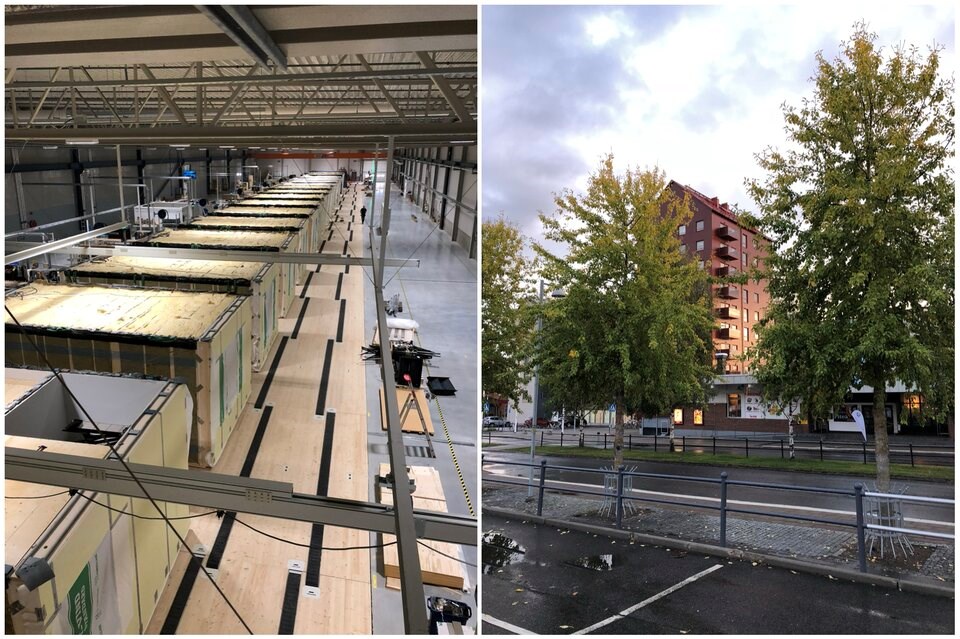The linchpin for solving Canada’s housing crisis will be found on the factory floor.
That was the message former Edmonton mayor Don Iveson gave politicians and leadership in B.C.’s forestry industry Friday at the annual meeting of the BC Council of Forest Industries in Vancouver.
Iveson, who now works as executive advisor of Climate Investing and Community Resilience at Co-operators Insurance, described how a 2004 flood in the City of Edmonton opened his eyes to the risk climate change would have on cities.
“For years, we were just reacting,” he said, “Playing wack-a-mole.”
Last month, a Canada-wide Task Force for Housing and Climate, which Iveson co-chaired, charted another path with a blueprint that aims to build 5.8 million homes by 2030. The number is big, representing roughly one-third of the current housing stock. But it wasn’t just scale the task force was called to address.
The task force — which included everyone from builders and developers, to Indigenous leaders, to affordability advocates, and finance and insurance experts — presented 21 actions for federal, provincial and municipal governments.
Those included tax reforms, a rebalancing of immigration practices to increase the number of skilled labourers in Canada, and tying federal housing financing to municipal pro-density reforms. Other measures included an overhaul of national building codes to address risks from climate change and mapping to identify high-risk areas for housing growth.
“It’s almost consumer protection,” said Iveson, adding it’s critical to ensure homes don’t turn into heat traps or stand in the way of flooding and wildfire interface zones where cities turn to forest.
If carried out, the actions aim to build housing that can withstand climate hazards and drop the number of households spending more than 30 per cent of their income on shelter costs to zero by 2031, says the report.
But according to Iveson, all of those plans hinge on channelling billions of federal housing dollars into building or acquiring 2.3 million non-market and below-market units.
At that scale, he said, Canada needs to look at a new way of building: factory-built housing. The report points to mass timber buildings (recently coded up to 18 storeys in B.C.) and low-carbon concrete panels, among other factory-built housing.
Iveson showed the room full of forestry executives photos of housing factories in Sweden, where units were built en mass before being assembled into tall buildings.
He said B.C.’s timber industry has a chance to play a massive role feeding a boom in Canada’s housing stock with value-added wood products.
“We have a productivity challenge in Canada. Mechanization, factorization — a manufacturing approach — is the only way we're going to drive up scale and bring down price to be able to afford to deliver those higher quality, safer, more resilient, more energy efficient buildings at scale,” said Iveson.
“If we don’t do this, we’re not going to get there.”



